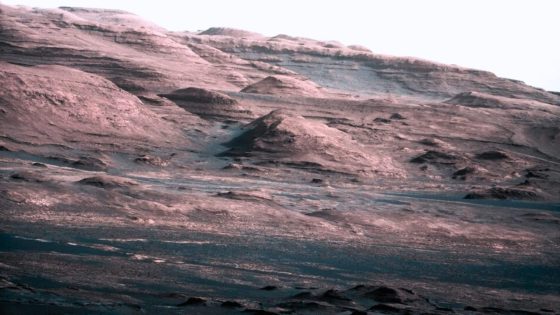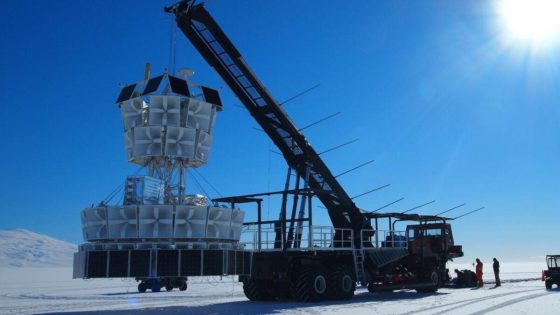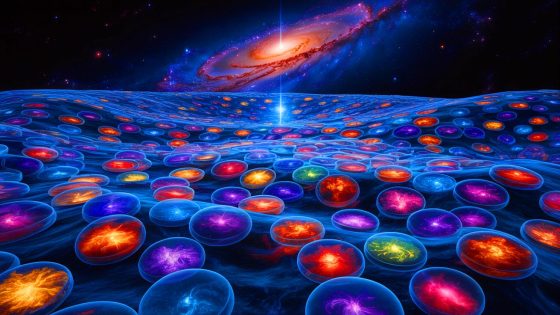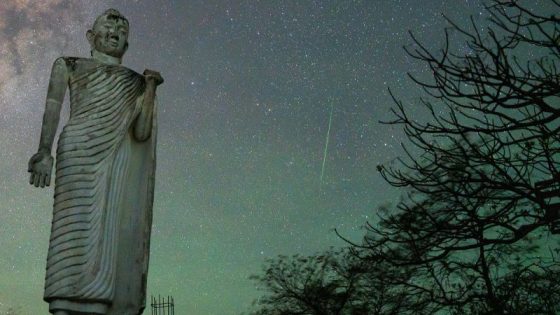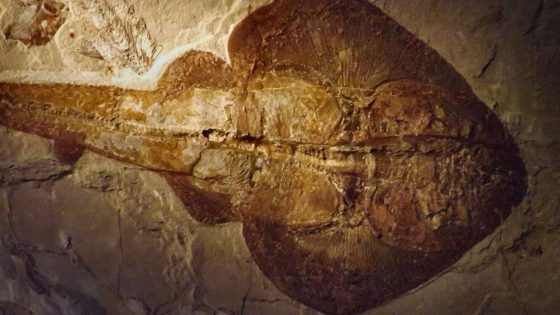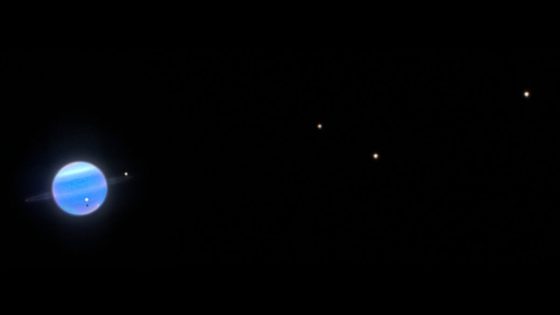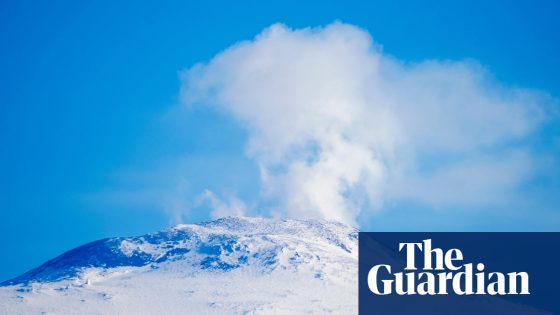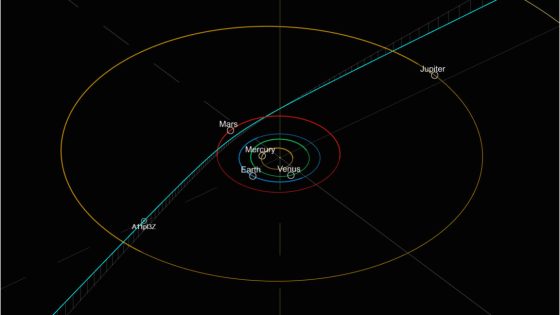The intriguing study of the Neptune-size exoplanet K2-18 b has captivated scientists, especially regarding its potential for habitability. On July 31, 2025, significant findings emerged from the James Webb Space Telescope (JWST), suggesting this super-Earth might be an ocean world rich in liquid water.
- K2-18 b may host life potential.
- JWST detects methane and carbon dioxide.
- Atmosphere lacks conclusive biosignature evidence.
- Future studies needed for ocean confirmation.
- Dimethyl sulfide signals show improvement.
- JWST crucial for ongoing K2-18 b research.
While the search for definitive signs of life continues, researchers have detected methane and carbon dioxide in K2-18 b’s atmosphere, which raises questions about its water-rich nature. Could this distant planet hold the key to understanding extraterrestrial life?
As scientists delve deeper into K2-18 b’s atmosphere, the implications of these findings are profound. Understanding whether this planet possesses a global liquid water ocean could reshape our search for life beyond Earth. Consider these points:
- Detection of methane and carbon dioxide suggests a water-rich environment.
- Future observations could clarify the presence of biosignatures.
- The absence of certain gases may indicate a unique atmospheric process.
As we continue to unlock the mysteries of K2-18 b, the quest for understanding life beyond our solar system intensifies. Future studies promise to deepen our knowledge and potentially reveal the secrets of this ocean world.





